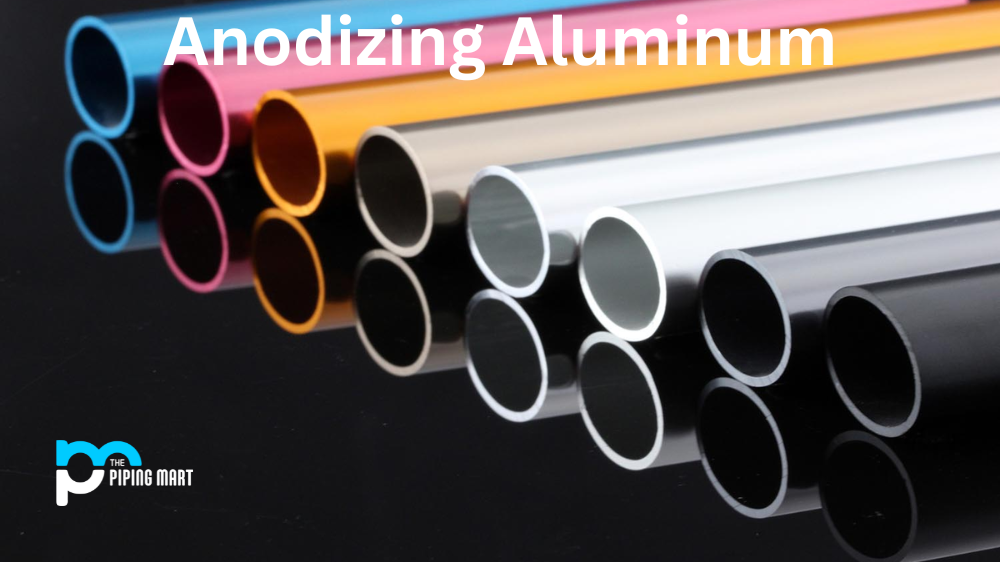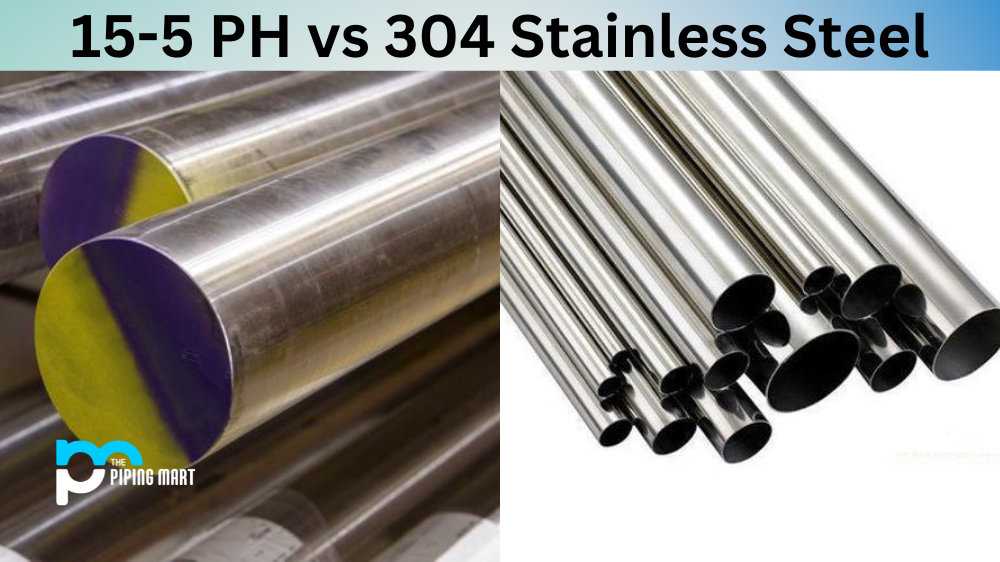Aluminum is widely used in various industries due to its lightweight, durability, and corrosion resistance properties. However, raw aluminium can be susceptible to scratches, dents, and corrosion in harsh environments, reducing lifespan and functionality. Anodizing aluminum is a process that significantly enhances aluminum’s durability and resistance to wear and corrosion. In this definitive guide, we will delve into the different aspects of anodizing aluminum, including what the process entails, its benefits, and the considerations you should make when anodizing aluminium.
What is Anodizing Aluminum?
Anodizing is a process that involves an electrochemical reaction that changes the surface layer of aluminium. During the process, an electric current is passed through an acid electrolyte solution. The current causes a reaction that releases oxygen ions from the electrolyte, which combines with aluminum to produce aluminium oxide. The resulting aluminum oxide layer is hard, durable, and corrosion-resistant, making the aluminium more durable and longer-lasting.
Benefits of Anodizing Aluminum
Anodizing aluminium has many benefits, such as enhancing its durability and resistance to wear and corrosion. The aluminum oxide layer produced during the process is highly porous, allowing it to absorb dyes and brighten the surface of the aluminium parts. Additionally, the anodizing process increases the aesthetic appearance of the aluminum parts by adding colour, making the parts more attractive and presentable. The hardened aluminium oxide layer is also non-conductive, making anodized aluminum ideal for electrical and electronic applications.
Considerations When Anodizing Aluminium
Depending on the intended use and application, there are various considerations to make when anodizing aluminum. One of the primary considerations is the thickness of the anodized layer, which determines the level of protection and longevity of the anodized part. The anodized layer thickness can be controlled by adjusting the voltage, acid concentration, and anodization time. Another consideration is the colour of the anodized aluminum parts. Anodized aluminium can be coloured using dyes or pigments; however, the colorfastness’ and durability of the colouring are highly dependent on the type of dye and the anodizing process used.
Types of Anodizing Aluminum
Two main types of anodizing aluminium are Type I and Type II. Type I anodizing is a relatively simple process that produces a thin, porous, transparent aluminum oxide layer. The process is ideal for increasing the parts’ corrosion resistance, dye absorption, and electrical insulation. On the other hand, Type II anodizing involves a thicker and harder anodized layer that offers improved wear resistance, corrosion resistance, and electrical insulation. Depending on the required application, type II anodizing can be performed using different electrolytes, such as sulfuric acid, oxalic acid, or chromic acid.
Conclusion:
Anodizing aluminium is a cost-effective way to enhance aluminum parts’ durability, corrosion resistance, and aesthetic appearance. The anodizing process produces a hard, durable, and corrosion-resistant layer that protects aluminium parts, giving them a longer lifespan and improved performance. Additionally, the process allows for colour customization, giving aluminum parts a more attractive appearance and improving their visual appeal. When considering anodizing aluminium, it is crucial to determine the intended use and application to determine the anodized layer’s thickness, type of anodizing, and colour options. Overall, anodizing aluminum is an excellent solution for industries that rely on aluminium parts’ functionality, performance, and longevity.
Sakshee is a talented blogger, with a particular focus on the Business and Metal Industry. She is passionate about sharing her insights on various metal products and helping professionals to make a better decisions.




